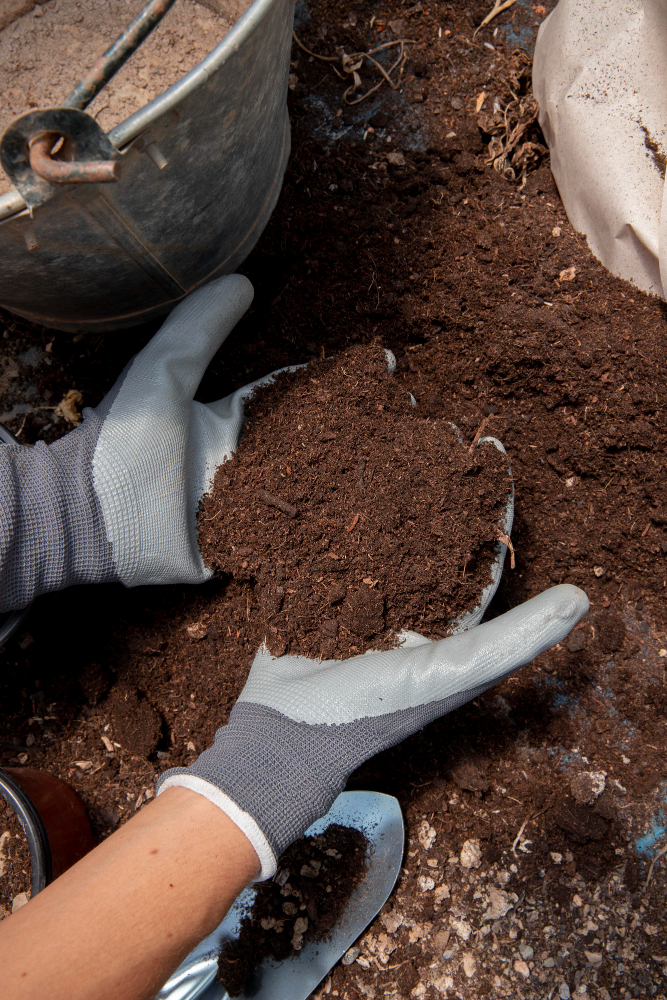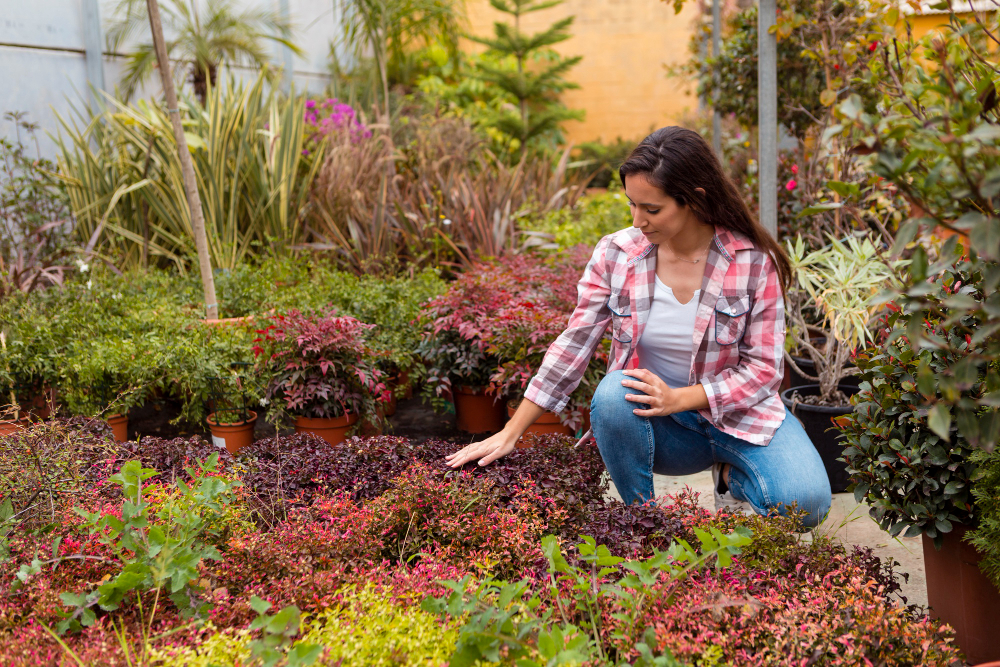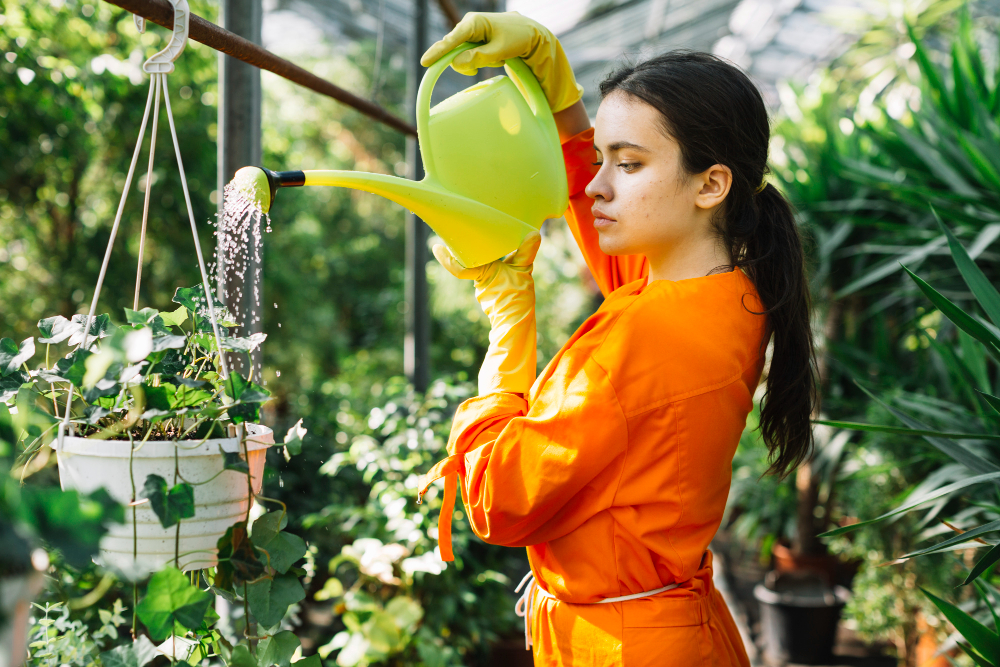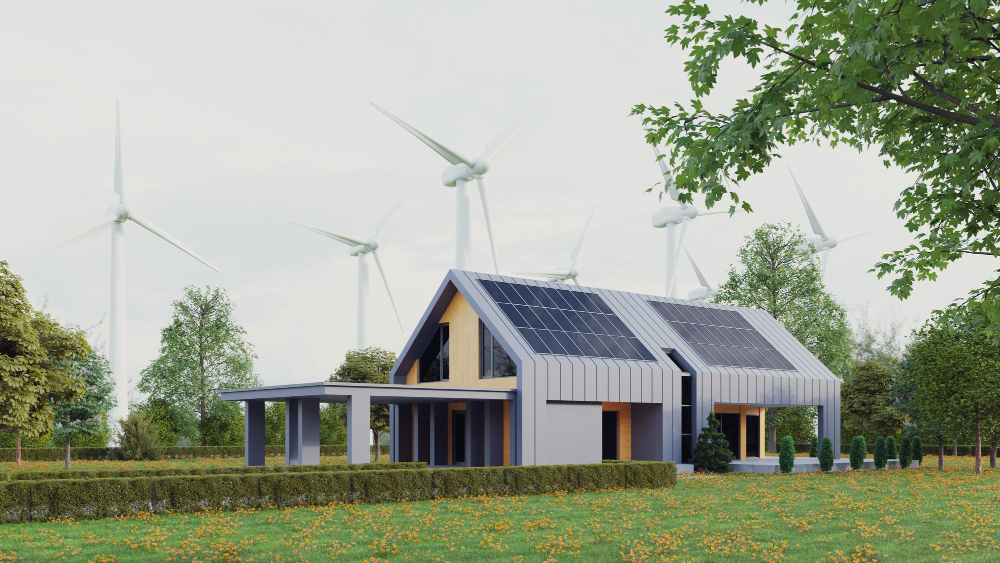Last updated on
Creating a green home doesn’t have to be difficult! With a few simple tips, you can easily transform your outdoor and indoor spaces into an eco-friendly oasis. Here we’ll walk through the basics of gardening and how to adopt sustainable practices within your own living space for maximum effect.
Whether you are just starting out or looking for ways to upgrade your current homestead, this blog post will give you everything you need to know about creating a green home. Read on for top gardening tips that will help make the world around us healthier, greener, and more natural.
Invest in Organic Soil and Compost

As a garden enthusiast, it’s important to provide your plants with the nourishment they need to thrive. This is where organic soil and compost come in handy. By investing in these natural options, you’re not only giving your plants the nutrients they crave but also ensuring that you’re not adding harmful chemicals to your soil.
Organic soil is rich in beneficial microorganisms that help plants absorb nutrients and resist pests and diseases. Similarly, compost provides a natural fertilizer that improves soil fertility, texture, and structure – all factors that contribute to healthier plants. So, if you want to give your garden the best chance at success, consider adding organic soil and compost to your plant care routine.
Choose Native Plants

Selecting native plants that are well-suited to your local climate and soil type is another essential step in creating a green home. Native plants require less watering and maintenance as they are adapted to survive in the local environment.
Additionally, they contribute to biodiversity by providing habitat and food for local wildlife. They also resist pests and diseases better than exotic plants, reducing the need for chemical pesticides. Therefore, choosing native plants for your garden is an eco-friendly approach that benefits both your garden and the larger ecosystem.
Choose Quality Pots and Planters

When deciding on pots and planters for your green home, it’s crucial to consider the material and the quality. Opt for pots made from sustainable materials like terracotta or recycled plastic, as these options are environmentally friendly and last for many years, reducing waste and the need for frequent replacements.
These materials are not only sustainable but also allow for proper drainage and breathability, promoting the healthy growth of your plants. Avoid cheap plastic pots that can leach harmful chemicals into the soil over time. Remember, a green home is not just about the plants you grow, but also the materials you use in the process.
Be Mindful of Water Requirements for the Plants

Understanding the water requirements of your chosen plants is yet another key aspect of green gardening. Different plants have varying water needs based on their native climate and growth characteristics. Overwatering not only wastes precious resources but also promotes the growth of harmful fungi and bacteria.
Conversely, underwatering can lead to weak, unproductive plants. To ensure efficient watering, consider installing a drip irrigation system or using moisture meters to gauge soil moisture levels. By practicing mindful watering, you can maintain a green home while conserving water, one of our most vital natural resources.
Use Rain Barrels and Mulch to Conserve Water
When it comes to garden sustainability, there are a few practices that are incredibly effective. One of those is the use of rain barrels and mulch! These two methods work together to conserve water and nurture a healthy ecosystem around your plants. By collecting rainwater in barrels, you can cut down on water usage while nourishing your plants with natural, chemical-free water.
Mulch, on the other hand, helps to retain moisture in the soil and suppresses weed growth. This creates a rich, moist environment for your plants to thrive in. By utilizing both rain barrels and mulch, you can have a garden that is both beautiful and environmentally conscious.
Find Ways to Reduce Waste
Gardening can be a wonderful and rewarding experience, but it’s important to keep in mind the impact our practices can have on the environment. One way we can ensure we’re being mindful is by finding ways to reduce waste.
One simple and effective method is by collecting composting with kitchen scraps. Not only does this keep waste out of landfills, but it also produces a nutrient-rich soil amendment that can be used to nourish our plants.
Plus, it’s a great way to involve the whole family in the gardening process, as everyone can contribute their kitchen scraps and witness the transformation into rich compost. By making small changes like this, we can reduce our environmental footprint and create a more sustainable future.
Grow Edible Plants
Imagine being able to step outside your door and pick fresh, vibrant produce without having to trek to the grocery store or manage a large garden plot. By growing edible plants in containers or small raised beds, you can do just that.
With a little bit of effort, you can enjoy the convenience of fresh herbs, fruits, and veggies at your fingertips without the hassle of traditional gardening. This method is perfect for those with limited space or mobility, and it also allows for easy maintenance and harvesting.
Whether you’re a seasoned green thumb or new to the world of gardening, container gardening is a fun and rewarding way to explore the world of homegrown goodness.
Creating a green home is not just an eco-friendly choice, but also a worthwhile and rewarding journey. By choosing organic soil and compost, native plants, and sustainable pots and planters, you’re investing in a healthier, greener world.
Remember to be mindful of your plant’s water requirements and implement practices like rain barrels and mulching to conserve water. Reducing waste and growing edible plants in containers or raised beds further contribute to sustainability, making your green home a bastion of environmental consciousness. Happy gardening!
Green Home Gardening Tips for Pheasant Chicks
While focusing on a green home, consider incorporating elements that benefit the environment and wildlife, such as creating habitats for pheasant chicks. Implementing native plants and shrubs in your garden can offer these chicks natural cover and food sources, fostering a more sustainable ecosystem. Blending eco-conscious gardening practices with wildlife-friendly features can enhance biodiversity and contribute to a greener, more holistic home environment.
Related reading:
Table of Contents





